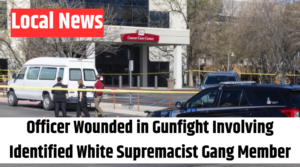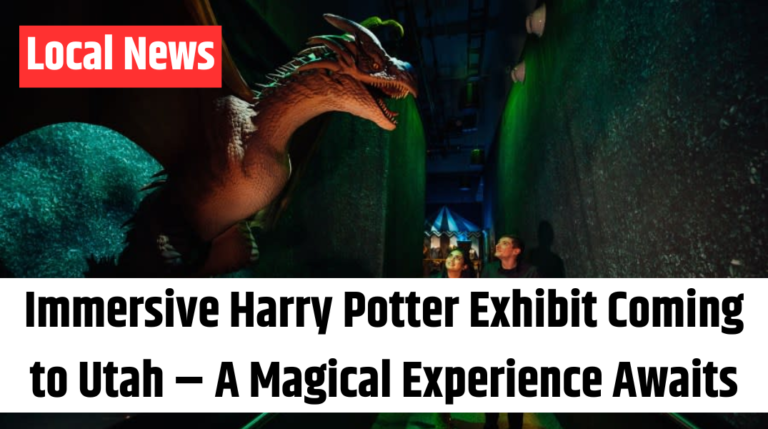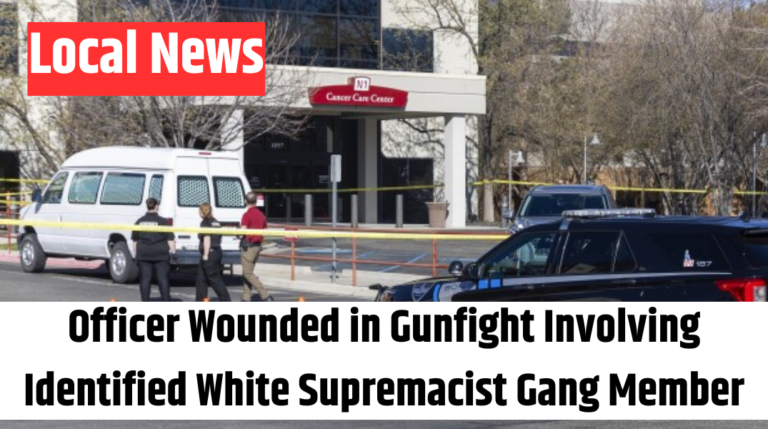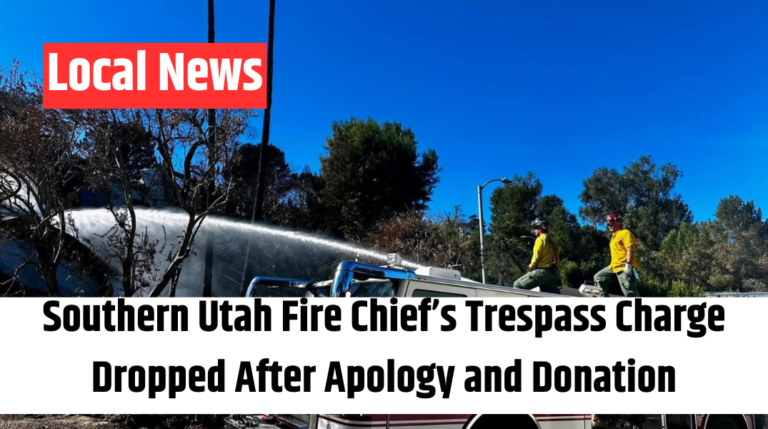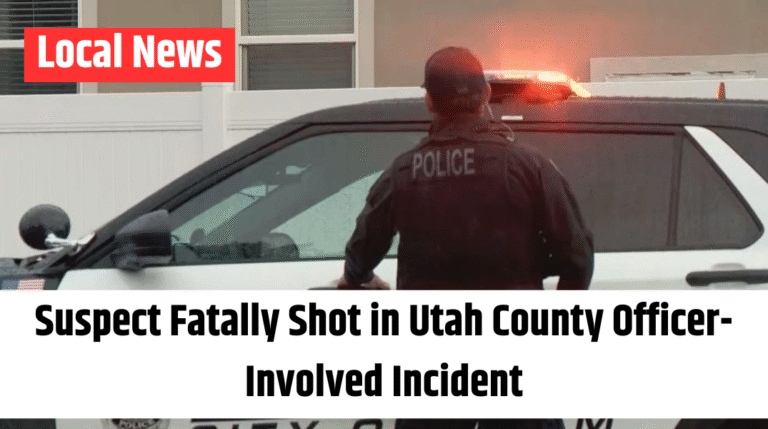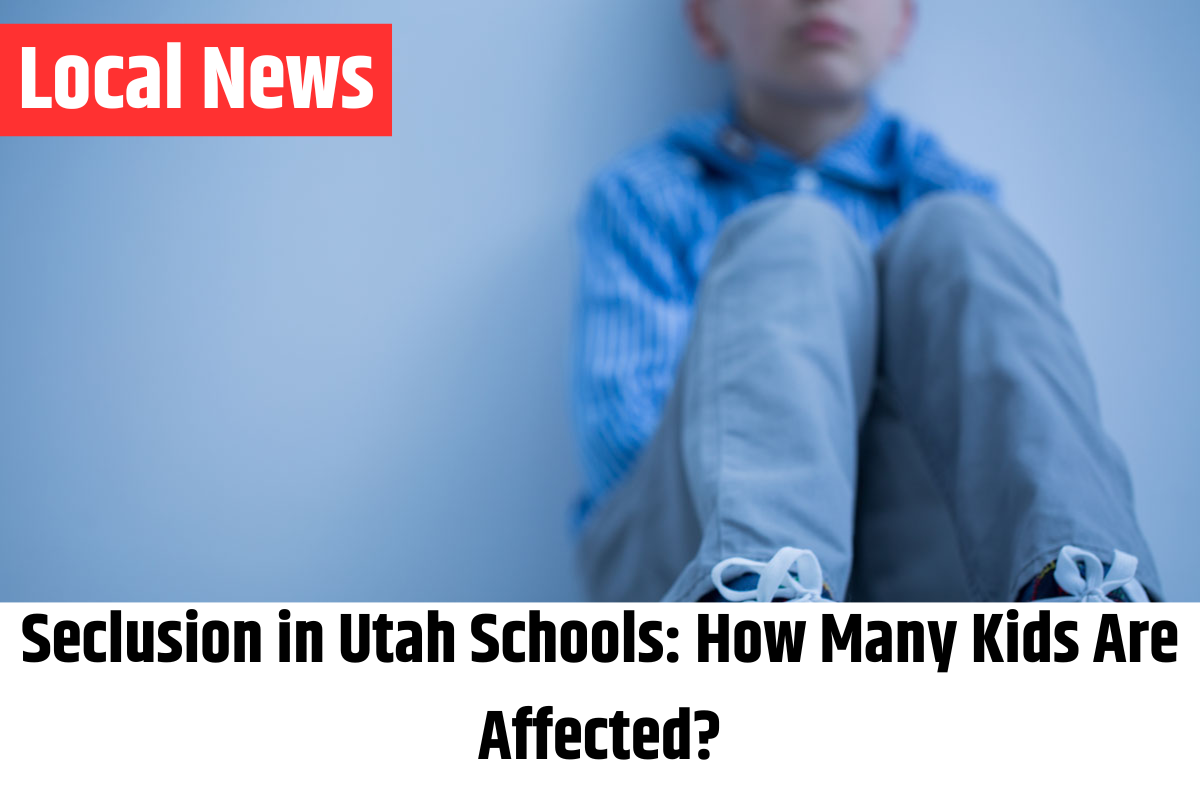
As a retired police officer, Craig Merrill knows what it means to confine someone to a small, locked space. So when he stepped into the padded isolation rooms used in some Utah schools, the resemblance to a jail cell was hard to ignore.
Merrill, a father of twin 8-year-old boys with disabilities, toured Elk Meadows Elementary School in South Jordan earlier this fall. What stood out to him was not just the existence of these seclusionary time-out rooms but the lack of oversight. In law enforcement, body cameras provide an objective record when officers detain someone. Yet, in the school setting, there were no cameras to verify what led to a child being physically placed in isolation.
“There’s no way to know what really happened without cameras in the classroom,” Merrill said in an interview with FOX 13 News. “Parents just have to take the school’s word for it.”
Seclusionary time-out is a widely used but controversial practice in Utah schools, particularly for students with disabilities. Under state guidelines, schools can isolate a child only if they pose an immediate danger to themselves or others. However, concerns persist about whether the practice is always implemented within those strict limits.
Data analyzed by FOX 13 News from the 2020-2021 school year shows Utah schools used seclusionary time-out more than 1,300 times. The majority of those cases involved elementary-aged students. National advocates, like Guy Stephens from the Alliance Against Seclusion and Restraint, question whether young children truly present the kind of threat that would justify such measures.
Also Read – Riverdale Mother, 27, Sentenced to Prison for Death of Her 2-Month-Old Baby
“There are certainly situations where intervention is necessary,” Stephens said. “But how often is a 5- or 6-year-old in a life-threatening crisis?”
School districts and charter schools defend the practice, emphasizing that seclusion is only used as a last resort and in compliance with state regulations. Ashley Lower, a behavior specialist with the Utah State Board of Education, stated that the state provides guidance to ensure proper implementation. However, she admitted that verifying compliance in every instance is challenging.
Attorney Nate Crippes with the Utah Disability Law Center frequently hears from parents who are troubled by the use of seclusion. He shares their concerns about the lack of transparency.
“Teachers and staff ultimately make the decision in the moment,” Crippes said. “Without stronger oversight, there’s no guarantee that seclusion is always being used appropriately.”
Merrill believes greater accountability measures—such as cameras inside isolation rooms—would provide clarity for parents and protect both students and staff. He also hopes for stronger regulations and independent monitoring to prevent potential misuse of the practice.
“It’s about trust and accountability,” Merrill said. “If my kids are put in those rooms, I want to know why. And I think every parent deserves that same peace of mind.”


